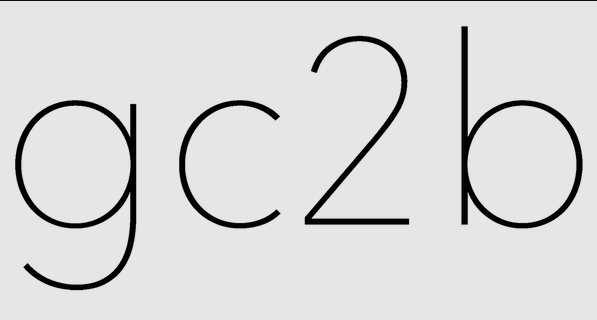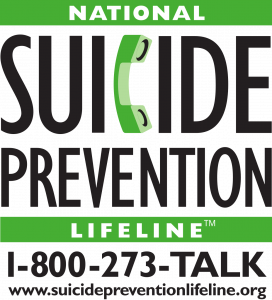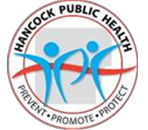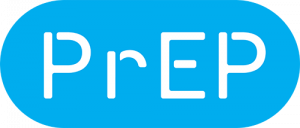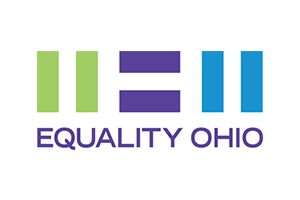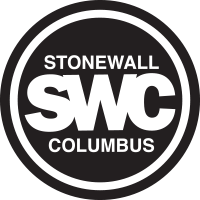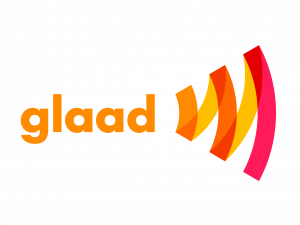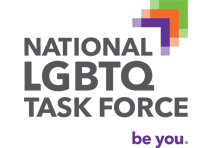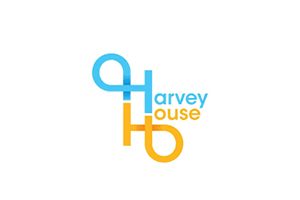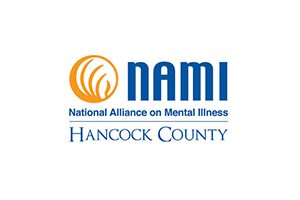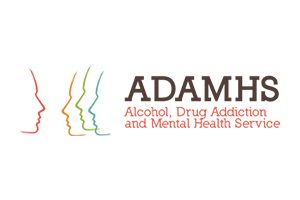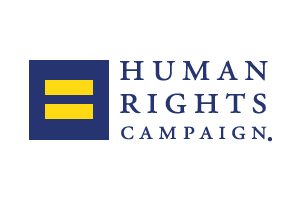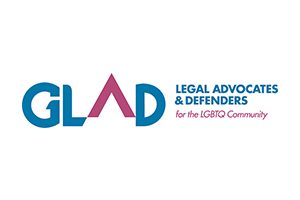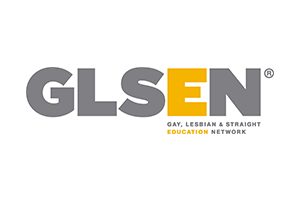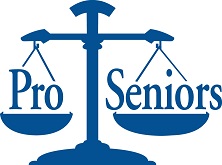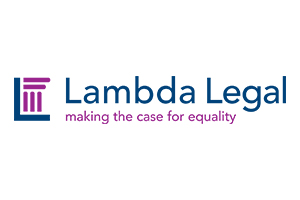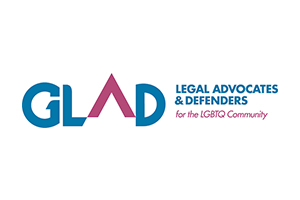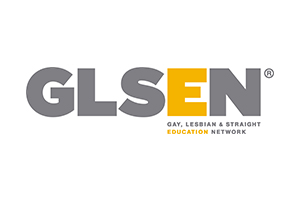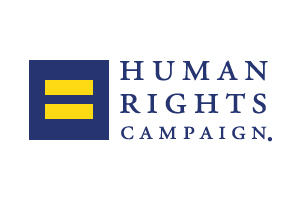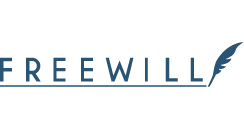LGBT+, LGBTQ, LGBTQIA: These acronyms refer to Lesbian, Gay, Bisexual, Transgender, Queer or Questioning, Intersex (previously known as hermaphrodite) and Asexual or Ally. Although all of the different identities within “LGBT” are often lumped together (and share sexism as a common root of oppression), there are specific needs and concerns related to each individual identity.
A pronoun is a word that refers to either the people talking (like I or you) or someone or something that is being talked about (like she, it, them, and this). Gender pronouns (like he and hers) specifically refer to people that you are talking about.
A gender pronoun is the pronoun that a person uses for themself, often referred to as a "pref
For example: If Alex’s pronouns are she, her, and hers, you could say “Alex ate her food because she was hungry.” You shouldn't assume someone's pronouns just by looking at them. Asking and correctly using someone’s personal pronoun is one of the most basic ways to show your respect for their gender identity. When someone is referred to with the wrong pronoun, it can make them feel disrespected, invalidated, dismissed, alienated, or dysphoric (or, often, all of the above.)
1) A gender expression that has elements of both masculinity and femininity; 2) Occasionally used in place of “intersex” to describe a person with both female and male anatomy.
a person with no (or very little) connection to the traditional system of gender, no personal alignment with the concepts of either man or woman, and/or someone who sees themselves as existing without gender. Sometimes called gender neutrois, gender neutral, or genderless.
A person who generally does not feel sexual attraction or desire to any group of people. Asexuality is not the same as celibacy.
Typically any non-LGBT person who supports and stands up for the rights of LGBT people, though LGBT people can be allies, such as a lesbian who is an ally to a transgender person.
A medical term used to refer to the chromosomal, hormonal and anatomical characteristics that are used to classify an individual as female or male or intersex. Often referred to as simply “sex,” “physical sex,” “anatomical sex,” or specifically as “sex assigned at birth.”
Aversion toward bisexuality and bisexual people as a social group or as individuals. People of any sexual orientation can experience such feelings of aversion. Biphobia is a source of discrimination against bisexuals, and may be based on negative bisexual stereotypes or irrational fear.
A curiosity about having attraction to people of the same gender/sex (similar to questioning).
A person who is attracted to both people of their own gender and another gender. Also called “bi”.
a person who identifies themselves as masculine, whether it be physically, mentally or emotionally. ‘Butch’ is sometimes used as a derogatory term for lesbians, but is also be claimed as an affirmative identity label.
Types of gender identity where an individual's experience of their own gender matches the sex they were assigned at birth.
The process of acknowledging one’s sexual orientation and/or gender identity to other people. For most LGBT people this is a life-long process.
Someone who wears clothes of another gender/sex.
Little or no capacity to experience sexual attraction until a strong romantic or emotional connection is formed with another individual, often within a romantic relationship.
Someone who performs masculinity theatrically.
Someone who performs femininity theatrically.
Abbreviation for female-to-male transgender or transsexual person; male-to-female transgender or transsexual person.
Derogatory term referring to a gay person, or someone perceived as queer.
A person who is attracted primarily to members of the same sex. Although it can be used for any sex (e.g. gay man, gay woman, gay person), “lesbian” is sometimes the preferred term for women who are attracted to women.
A term which refers to the ways in which we each manifest masculinity or femininity. It is usually an extension of our “gender identity,” our innate sense of being male, female, etc. Each of us expresses a particular gender every day – by the way we style our hair, select our clothing, or even the way we stand. Our appearance, speech, behavior, movement, and other factors signal that we feel – and wish to be understood – as masculine or feminine, or as a man or a woman.
The sense of “being” male, female, genderqueer, agender, etc. For some people, gender identity is in accord with physical anatomy. For transgender people, gender identity may differ from physical anatomy or expected social roles. It is important to note that gender identity, biological sex, and sexual orientation are separate and that you cannot assume how someone identifies in one category based on how they identify in another category.
1) A gender expression descriptor that indicates a non-traditional gender presentation (masculine woman or feminine man) 2) A gender identity label that indicates a person who identifies outside of the gender binary. Often abbreviated as “GNC.”
A term which refers to individuals or groups who “queer” or problematize the hegemonic notions of sex, gender and desire in a given society. Genderqueer people possess identities which fall outside of the widely accepted sexual binary (i.e. "men" and "women"). Genderqueer may also refer to people who identify as both transgendered AND queer, i.e. individuals who challenge both gender and sexuality regimes and see gender identity and sexual orientation as overlapping and interconnected.
The assumption, in individuals or in institutions, that everyone is heterosexual (e.g. asking a woman if she has a boyfriend) and that heterosexuality is superior to all other sexualities. Leads to invisibility and stigmatizing of other sexualities. Heteronormativity also leads us to assume that only masculine men and feminine women are straight.
Behavior that grants preferential treatment to heterosexual people, reinforces the idea that heterosexuality is somehow better or more “right” than queerness, and/or makes other sexualities invisible.
A person who is only attracted to members of the opposite sex. Also called “straight."
A range of negative attitudes and feelings toward homosexuality or people who are identified or perceived as being lesbian, gay, bisexual or transgender (LGBT). It can be expressed as antipathy, contempt, prejudice, aversion, or hatred, may be based on irrational fear, and is sometimes related to religious beliefs.
A clinical term for people who are attracted to members of the same sex. Some people find this term offensive.
*Until 1973 “Homosexuality” was classified as a mental disorder in the DSM Diagnostic and Statistical Manual of Mental Disorders. This is just one of the reasons that there are such heavy negative and clinical connotations with this term.
A person whose sexual anatomy or chromosomes do not fit with the traditional markers
of "female" and "male." For example: people born with both "female" and "male" anatomy (penis,
testicles, vagina, uterus); people born with XXY.
Describes a person who keeps their sexual orientation or gender identity a secret
from some or all people.
A woman who is primarily attracted to other women.
The type of sexual, romantic, and/or physical attraction someone feels toward others. Often labeled based on the gender identity/expression of the person and who they are attracted to. Common labels: lesbian, gay, bisexual, pansexual, etc.
This term has many definitions. It is frequently used as an umbrella term to refer to all people who do not identify with their assigned gender at birth or the binary gender system. This includes transsexuals, cross-dressers, genderqueer, drag kings, drag queens, two-spirit people, and others. Some transgender people feel they exist not within one of the two standard gender categories, but rather somewhere between, beyond, or outside of those two genders. A trans* person can be straight, gay, bisexual, queer, or any other sexual orientation.
This term is primarily used to refer to the process a trans* person undergoes when changing their bodily appearance either to be more congruent with the gender/sex they feel themselves to be and/or to be in harmony with their preferred gender expression.
The fear or hatred of transgender people or gender non-conforming behavior. Like biphobia, transphobia can also exist among lesbian, gay, and bisexual people as well as among heterosexual people.
A person whose gender identity is different from their biological sex, who may undergo medical treatments to change their biological sex, often times to align it with their gender identity, or they may live their lives as another sex.
A person who dresses as the binary opposite gender expression (“cross- dresses”) for any one of many reasons, including relaxation, fun, and sexual gratification (often called a “cross-dresser,” and should not be confused with transsexual).
Is an umbrella term traditionally used by Native American people to recognize individuals who possess qualities or fulfill roles of both genders.
alternate pronouns that are gender neutral and preferred by some trans* people. They replace “he” and “she” and “his” and “hers” respectively. Alternatively some people who are not comfortable/do not embrace he/she use the plural pronoun “they/their” as a gender neutral singular pronoun.
Please Note
It is very important to respect people’s desired self-identifications. One should never assume another person’s identity based on that person’s appearance. It is always best to ask people how they identify, including what pronouns they prefer, and to respect their wishes
Local Resources
1644 Tiffin Ave Suite A
Findlay, OH 45840
Phone: 419-424-7441
Clinic offering:
HIV Testing
Rapid HIV Blood Testing
Rapid HIV Oral Testing
Hepatitis B Vaccine
HPV Vaccine
127 S Sandusky Ave Suite A
Upper Sandusky, OH 43351
Phone: 419-294-3852
Clinic offering:
Conventional HIV Blood Testing
Rapid HIV Blood Testing
Conventional HIV Oral Testing
Rapid HIV Oral Testing
Chlamydia Testing
Hepatitis B Vaccine
HPV Vaccine
175 W Franklin St Ste120
Kenton, OH 43326
Phone: 419-673-6230
Clinic offering:
HIV Testing
Rapid HIV Oral Testing
Hepatitis B Vaccine
71 S Washington St Suite 1102
Tiffin, OH 44883
Phone: 419-447-3691
Clinic offering:
HIV Testing
Conventional HIV Blood Testing
Conventional HIV Oral Testing
Hepatitis B Vaccine
219 E Market St
Lima, OH 45801
Phone: 419-228-4457
Clinic offering:
HIV Testing
Rapid HIV Oral Testing
Chlamydia Testing
Syphilis Testing
Gonorrhea Testing
Hepatitis B Testing

Equitas Health (formerly AIDS Resource Center Ohio) is a regional not-for-profit community-based healthcare system founded in 1984. Its expanded mission has made it one of the nation’s largest HIV/AIDS, lesbian, gay, bisexual, transgender, and queer/questioning (LGBTQ) healthcare organizations. With 15 offices in 11 cities, it serves more than 67,000 individuals in Ohio, Kentucky, and West Virginia each year through its diverse healthcare and social service delivery system focused around: primary and specialized medical care, dental services, behavioral health, HIV/STI prevention, advocacy, and community health initiatives. Equitas Health has locations in Lima, Toledo, Columbus, Dayton, Youngstown, Portsmouth, Newark, Mansfield, Canton, Akron, and Athens!
Other Local Resources
Physicians Plus Urgent Care
3949 N Main St.
Findlay, OH 45840
(419) 423-3888
NWO Express Clinic
15054 U.S. 224 East
Findlay, OH 45840
(419) 427-3030
Other Possible Resources
Testing.com
The team at testing.com is a global scientific and medical professional organization dedicated to better health through laboratory medicine. Working with our Medical Review Board, consisting of authorities in their medical and scientific field, to review cutting-edge medical research and developments. We provide people with trusted and reliable information to help them make informed health decisions.
https://www.testing.com/tests/at-home-std-test/#about-at-home-std-tests
Youth & Suicide
Lesbian, gay and bisexual youth are up to 9 times more likely to commit suicide. That number only rises for transgender individuals, it is estimated that 40% of the trans community will attempt suicide. Suicide for LGBTQ youth is directly linked to family support. It's important to watch out for warning signs like:
Appearing sad or depressed, talking or writing about suicide, withdrawing from family and friends, feeling helpless or hopeless, experiencing dramatic mood changes, abusing drugs or alcohol, acting impulsively, experiencing a change in sleeping habits, performing poorly at school or work, giving away prized possessions or exhibiting a change in personality.
What should you do if you think a loved one might hurt themself? Ask. Take their answer seriously. Stay positive. Ask how you can help. Call 911 if you have to.
Understanding LGBT+ Youth
By understanding the intricate progression lesbian and gay persons go through during identity development you are then able to better understand their actions, thoughts and needs. The Cass Identity Model is one of the fundamental and most widely accepted psychological theories of gay and lesbian identity development, which was established in 1979 by Vivienne Cass. Though it is often viewed as a linear model, individuals may not begin at stage one and they may not end on stage six. It’s important to recognize that individuals may be going through any stage at any time and frequently teeter from one phase to another based upon their surroundings and distinct circumstances.
LGBTQ+ Youth Statistics
Helpful Organizations
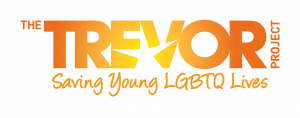 Every day, The Trevor Project saves young lives through its accredited, free and confidential phone, instant message and text messaging crisis intervention services. A leader and innovator in suicide prevention, The Trevor Project offers the largest safe social networking community for LGBTQ youth, best practice suicide prevention educational training, resources for youth and adults, and advocacy initiatives.
Every day, The Trevor Project saves young lives through its accredited, free and confidential phone, instant message and text messaging crisis intervention services. A leader and innovator in suicide prevention, The Trevor Project offers the largest safe social networking community for LGBTQ youth, best practice suicide prevention educational training, resources for youth and adults, and advocacy initiatives.
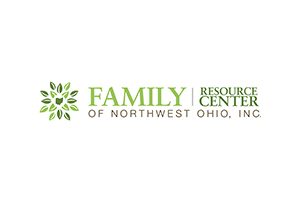 Family Resource Center of Northwest Ohio is licensed by the Ohio Department of Mental Health and Addiction Services (OhioMHAS) and has received national accreditation by the Council on Accreditation (COA).
Family Resource Center of Northwest Ohio is licensed by the Ohio Department of Mental Health and Addiction Services (OhioMHAS) and has received national accreditation by the Council on Accreditation (COA).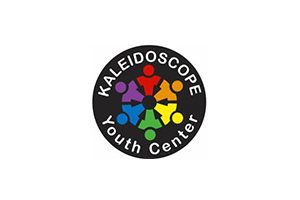 Kaleidoscope Youth Center is the only organization in Ohio solely dedicated to supporting LGBTQ youth and their allies. Founded in 1994, Kaleidoscope is a 501 (c)(3) nonprofit organization. The mission of Kaleidoscope Youth Center is to work in partnership with young people in Central Ohio to create safe and empowering environments for lesbian, gay, bisexual, transgender, queer, questioning and ally youth through advocacy, education, support, and community engagement.
Kaleidoscope Youth Center is the only organization in Ohio solely dedicated to supporting LGBTQ youth and their allies. Founded in 1994, Kaleidoscope is a 501 (c)(3) nonprofit organization. The mission of Kaleidoscope Youth Center is to work in partnership with young people in Central Ohio to create safe and empowering environments for lesbian, gay, bisexual, transgender, queer, questioning and ally youth through advocacy, education, support, and community engagement.
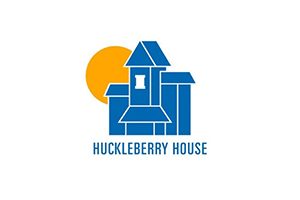 Huckleberry House works with Central Ohio’s youth and families who are dealing with some of the most difficult problems imaginable. Issues like abuse, violence, neglect, poverty, and homelessness. No matter how hopeless the situation may seem, we offer proven programs and committed people who know how to help young people and families take control of their lives. So they can move past the circumstances they’re in, and move toward the future they want. Columbus, Ohio.
Huckleberry House works with Central Ohio’s youth and families who are dealing with some of the most difficult problems imaginable. Issues like abuse, violence, neglect, poverty, and homelessness. No matter how hopeless the situation may seem, we offer proven programs and committed people who know how to help young people and families take control of their lives. So they can move past the circumstances they’re in, and move toward the future they want. Columbus, Ohio.
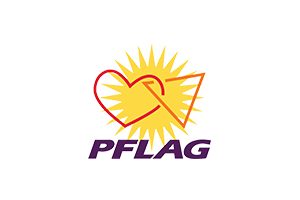 Uniting people who are lesbian, gay, bisexual, transgender, and queer (LGBTQ) with families, friends, and allies, PFLAG is committed to advancing equality through its mission of support, education, and advocacy. PFLAG has 400 chapters and 200,000 supporters crossing multiple generations of American families in major urban centers, small cities, and rural areas in all 50 states, the District of Columbia and Puerto Rico. There is a chapter in Lima, Columbus, Dayton and Lorain.
Uniting people who are lesbian, gay, bisexual, transgender, and queer (LGBTQ) with families, friends, and allies, PFLAG is committed to advancing equality through its mission of support, education, and advocacy. PFLAG has 400 chapters and 200,000 supporters crossing multiple generations of American families in major urban centers, small cities, and rural areas in all 50 states, the District of Columbia and Puerto Rico. There is a chapter in Lima, Columbus, Dayton and Lorain.
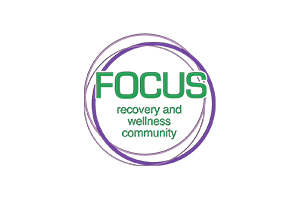 Focus on Friends provides peer-led support and resources to help people improve their health and wellness, live a self-directed life, and sustain their recovery. FOF has many support groups including narcotics anonymous, heroin anonymous, cocaine anonymous, gamblers anonymous, an LGBT support group and other programs, including a drop in center on Trenton.
Focus on Friends provides peer-led support and resources to help people improve their health and wellness, live a self-directed life, and sustain their recovery. FOF has many support groups including narcotics anonymous, heroin anonymous, cocaine anonymous, gamblers anonymous, an LGBT support group and other programs, including a drop in center on Trenton.
 Family Resource Center of Northwest Ohio is licensed by the Ohio Department of Mental Health and Addiction Services (OhioMHAS) and has received national accreditation by the Council on Accreditation (COA).This agency serves all Patients regardless of inability to pay. FRC accepts Medicaid, insurance; client pay and subsidies for essential services are offered based on family size and income.
Family Resource Center of Northwest Ohio is licensed by the Ohio Department of Mental Health and Addiction Services (OhioMHAS) and has received national accreditation by the Council on Accreditation (COA).This agency serves all Patients regardless of inability to pay. FRC accepts Medicaid, insurance; client pay and subsidies for essential services are offered based on family size and income.
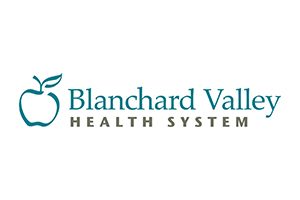 Blanchard Valley Health Systems is a non-profit, regional health system that serves eight different counties including, Hancock, Allen, Putnam, Henry, Wood, Seneca, Wyandot and Hardin Counties. BVHS provide a variety of services like behavioral health, outpatient services, rehabilitation, therapy, surgery, etc.
Blanchard Valley Health Systems is a non-profit, regional health system that serves eight different counties including, Hancock, Allen, Putnam, Henry, Wood, Seneca, Wyandot and Hardin Counties. BVHS provide a variety of services like behavioral health, outpatient services, rehabilitation, therapy, surgery, etc.
ADAMHS works to meet the mental health and substance abuse needs of their community neighbors, friends, and families. The ADAMHS purpose is to plan, monitor, and fund mental health and alcohol/drug recovery services to the residents of Hancock County. They provide prevention and wellness programs, crisis services, treatment services, and recovery supports, including housing, employment supports, and peer supports.
Equitas Health (formerly AIDS Resource Center Ohio) is a regional not-for-profit community-based healthcare system founded in 1984. Its expanded mission has made it one of the nation’s largest HIV/AIDS, lesbian, gay, bisexual, transgender, and queer/questioning (LGBTQ) healthcare organizations. With 15 offices in 11 cities, it serves more than 67,000 individuals in Ohio, Kentucky, and West Virginia each year through its diverse healthcare and social service delivery system focused around: primary and specialized medical care, dental services, behavioral health, HIV/STI prevention, advocacy, and community health initiatives. The Equitas Health Lima office provides supportive HIV/AIDS services for individuals living in the following counties: Allen, Auglaize, Champaign, Hancock, Hardin, Logan, Mercer, Paulding, Putnam, Shelby, Van Wert
658 W. Market St., Suite 202
Lima OH, 45801
(419) 222-0827
Other Resources
 Uniting people who are lesbian, gay, bisexual, transgender, and queer (LGBTQ) with families, friends, and allies, PFLAG is committed to advancing equality through its mission of support, education, and advocacy. PFLAG has 400 chapters and 200,000 supporters crossing multiple generations of American families in major urban centers, small cities, and rural areas in all 50 states, the District of Columbia and Puerto Rico. There is a chapter in Lima, Columbus, Dayton and Lorain.
Uniting people who are lesbian, gay, bisexual, transgender, and queer (LGBTQ) with families, friends, and allies, PFLAG is committed to advancing equality through its mission of support, education, and advocacy. PFLAG has 400 chapters and 200,000 supporters crossing multiple generations of American families in major urban centers, small cities, and rural areas in all 50 states, the District of Columbia and Puerto Rico. There is a chapter in Lima, Columbus, Dayton and Lorain.
Legal Resources
It is currently legal to be fired from your job, denied an apartment, or refused service at a movie theater, restaurant or hotel because of your sexual orientation or gender identity in Ohio. In many cities and counties in Ohio and for many government employees, these practices are prohibited, but there are no statewide nondiscrimination protections that protect all Ohioans, and Findlay remains unproteted. Right now 22 of the 50 states currently protect people from discrimination based on their sexual orientation and/or gender identity, putting Ohio at a competitive disadvantage for recruiting and hiring the best and brightest professional talent. Many employers across the country and here in Ohio have extended nondiscrimination policies to cover LGBT people, but millions of Ohioans remain unprotected. Protections are needed for everyone.
Founded as a non-profit in 1975, Pro Seniors provides a no-cost Legal Helpline for phone appointments for people throughout Ohio who are age 60 or over, or calling on the senior’s behalf. Our helpline attorneys are able to provide information and advice to assist our callers to fully understand their options and to develop a plan of action on how they choose to proceed. Our attorneys also author the majority of the fact sheets available on our website on the topics that are most often the reason for people to call us. If a caller needs more assistance than a helpline consultation, we can also refer the senior to a private licensed attorney on our referral panel. Depending on the senior’s income, s/he may be eligible for reduced fee or even free assistance from a private attorney on our panel. Also, our Mid-America Pension Rights Project attorneys help people of any age to locate and access a pension they have earned by working for a company currently or previously headquartered in Ohio, Indiana, Kentucky, Michigan, Pennsylvania and Tennessee. Pro Seniors’ Senior Medicare Patrol Project is also a statewide initiative to equip Medicare beneficiaries to recognize and report Medicare fraud and scams, and to provide assistance when a beneficiary’s Medicare number has been compromised.

We are a recovery community organization offering free support and resources to anyone impacted by mental health, addiction, or trauma issues.
At FOCUS, we provide a warm, welcoming space for people to learn skills, meet new people, and engage in their recovery. We connect people to other community resources when they are needed, provide education to the community, and organize recovery events. We can support you and your family on your journey of recovery from mental health problems, addiction, problem gambling or gambling addiction, or trauma issues.
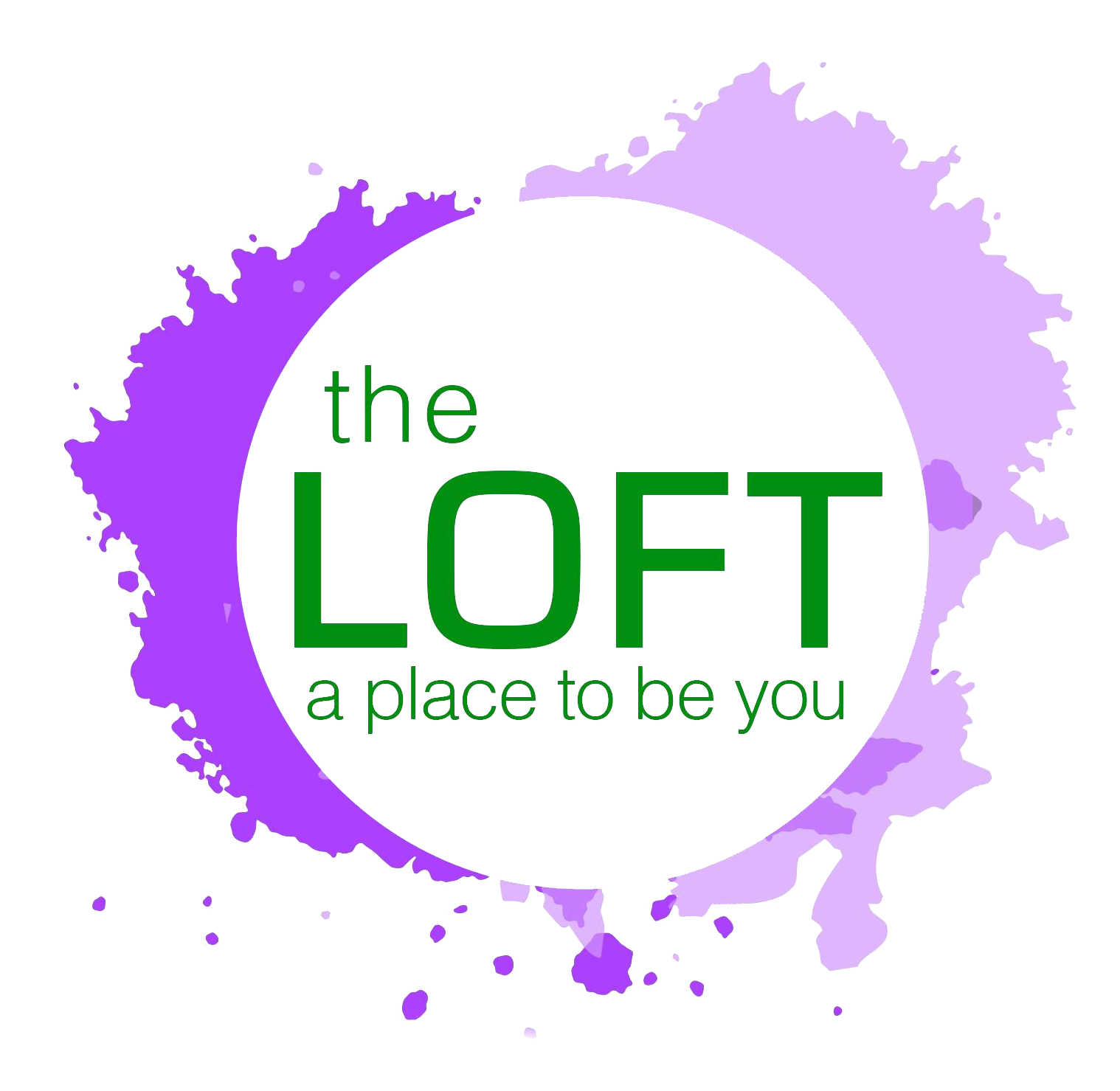
A place for youth to be themselves and connect with other young people from diverse backgrounds and similar life experiences.
The LOFT offers support for youth impacted by mental health, addiction and/or trauma-related issues.
Young people today face new and ever-changing issues and the LOFT helps youth navigate these experiences by building a supportive network.
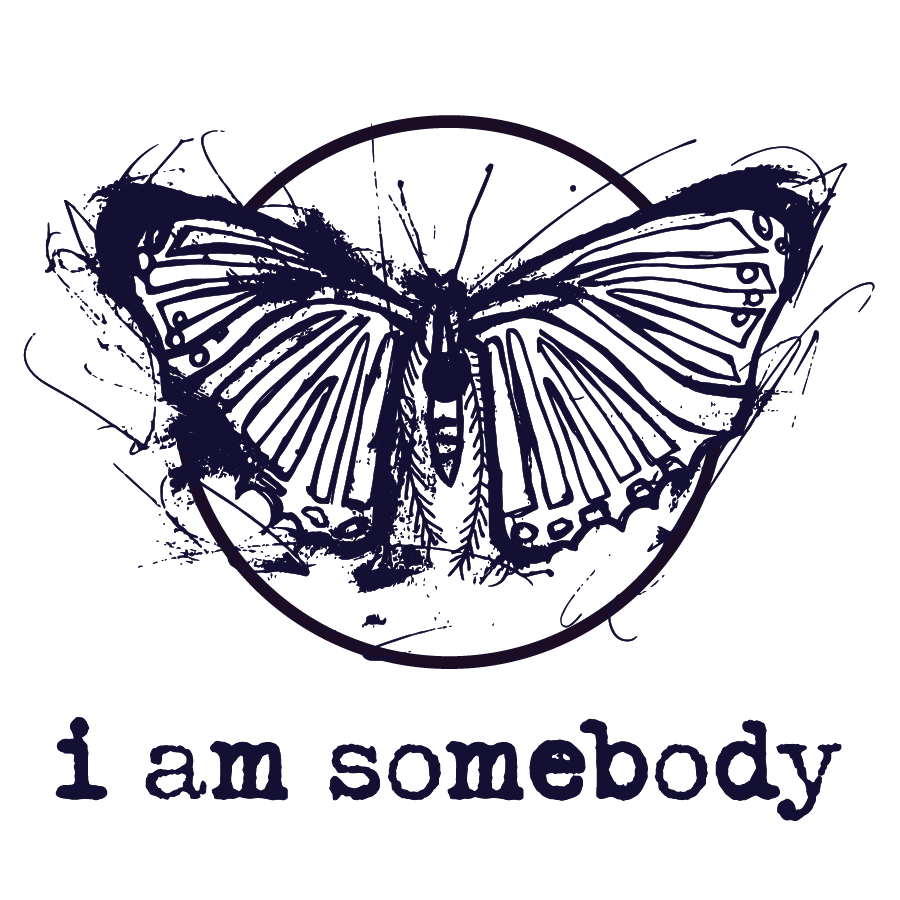
i am somebody is creating a place & platform to be you with no judgment, while providing support specific to your recovery journey.
Articles Relating to Substance Use
LGBTQ+ COLLEGE STUDENT GUIDE: By Intelligent
CLICK THE LOGO ABOVE TO GO TO THE INTELLIGENT WEBSITE AND SEE THE STUDENT GUIDE!
Their guide provides incredible data from their higher education team which covers so many topics relevant to a positive expeirence for LGBTQ+ students including; Finding a LGBTQ-Friendly College, Common Challenges LGBTQ Students Face, How to Apply to College as an LGBTQ Student, What to Know About Life on Campus, Know Your Rights as an LGBTQ Student, LGBTQ Students and Online Education, LGBTQ Student Resources and Organizations, and a section of Expert Advice, as well as so many sub sections that are relevant to creating and having a welcoming, inclusive expeirence on campus!
Check it out using the logo above or copy this link into your browser: https://www.intelligent.com/lgbtq-online-college-student-guide/
Authors: https: //www.intelligent.com/about-us/#meet-the-team
Need to learn how to make a will? In less than 20 minutes, you can write or update your legal will — for free with FreeWill. FreeWill provides a simple, intuitive, and efficient way of creating wills. Start by answering simple questions about you and your wishes. At the end of those questions, you will receive a PDF document to download and print. This PDF document will include an instructions page which will guide you through signing and witnessing your document to make your will official.
Our no-cost, do-it-yourself products are made possible by the support of hundreds of nonprofits. Meaning you’ll never have to pay for a document you create or download on FreeWill.
Grief Resources
GriefShare
"GriefShare is a friendly, caring group of people who will walk alongside you through one of life’s most difficult experiences. You don’t have to go through the grieving process alone." Find grief support groups and find helpful resources for processing loss. https://www.griefshare.org/
St Marks United Methodist Church
GriefShare is a nondenominational Christian grief support group open to all adults suffering the loss of a spouse, parent, child, sibling, any other family member or friend. We welcome you. Cost is $20 (includes workbook) 419-422-4236, http://www.stmarksfindlay.org/
This is a sample text. You can click on it to edit it inline or open the element options to access additional options for this element.
Gender Affirming Closet Project!
Chest binding, if done correctly, is safe and can be quite comfortable. Before you set out to purchase binding materials, it’s important to inform yourself of what chest binding is and how to do it without accidentally harming yourself.
While extensive data on binding practices is lacking, most LGBT community resources recommend binding with a dedicated binder or a sports bra if a binder cannot be acquired. Wearing a single sports bra to bind is associated with fewer negative health outcomes than using a commercial binder, however sports bras are not specifically designed for compression, and commercial binders will generally provide patients a flatter contour. Some individuals will try to use athletic bandages or even duct tape to bind their chest; these methods can be associated with a higher risk for negative outcomes, including shortness of breath, skin damage, and musculoskeletal damage.
Safe Practices for Binding
Binder Sizing : Be sure to measure appropriately for correct fit. Binders that are too tight can result in injury
Binder Duration: Be sure to schedule breaks from your binder. Do not wear for more than 8 hours a day and be sure to take one day off a week from binding.
Exercising and Swimming: Currently, the binder website gc2b recommends wearing a size larger while exercising, starting with low-intensity exercises, and ceasing activity with any signs of chest pain or discomfort.
Binder Care: It is recommended that you wash your binder by hand and air dry every 3-4 uses. Not washing your binder can result in acne, and skin infections.
Additional Resources: https://www.prideinpractice.org/articles/chest-binding-physician-guide/
Free Binder Project Provided by Partnership with GC2B (https://www.gc2b.co/)
